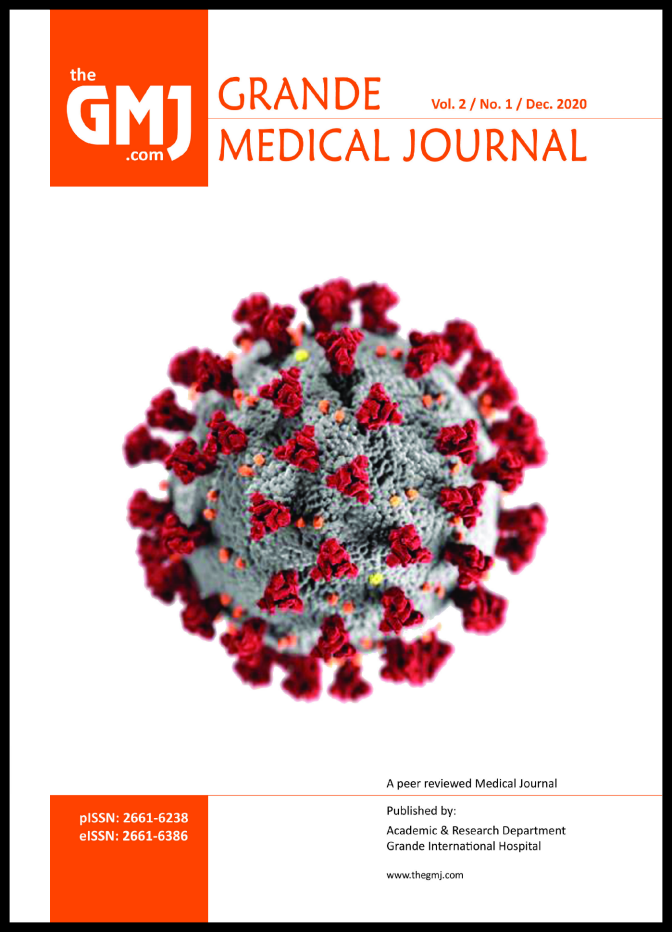Glandular density distribution in digital mammography
DOI:
https://doi.org/10.3126/gmj.v2i1.45080Keywords:
BIRADS, glandular density, mammogramAbstract
Objectives: The aim of this study was to evaluate the breast density distribution in digital mammography of patients.
Materials and Methods: This prospective study was performed in the Department of Radiology and Imaging of Tribhuvan University Teaching Hospital (TUTH). Data was collected over a period of 4 months from July to October 2019 and included one hundred and seventy patients who came for diagnostic or screening mammography, which was recorded as indication for the test. Appropriate statistical methods were used for analysis.
Results: The mean age of women included in this study was 48.09 ± 9.13 years. Nearly 43% of the patients had dense breasts. According to Breast Imaging, Reporting and Data System (BIRADS) classification of lesions, maximum mammograms i.e.,77.7% were normal or benign while 4.7% were BIRADS category 0 and 17.7% were of BIRADS category 3, 4 or 5. A negative correlation was observed between age and breast density category. The relationship between breast density and BIRADS category or indication for the test was insignificant while a weak correlation was observed between it and mammographic findings.
Conclusion: Our study showed an inverse linear relationship between age and mammographic density which is consistent with the fact that mammography has higher sensitivity in older age group usually with lesser density. No or weak correlation was present between breast density and BIRADS category, indication or findings on mammography. All patients in BIRADS 0 category had dense breasts.
Downloads
Downloads
Published
How to Cite
Issue
Section
License
Copyright (c) 2020 Grande Medical Journal

This work is licensed under a Creative Commons Attribution 4.0 International License.




